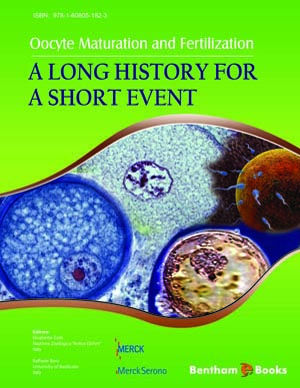Abstract
Background: Age is a common risk factor for Alzheimer's disease (AD) and agerelated macular degeneration (AMD). In addition to age as a risk factor, AD and AMD share several pathological hallmarks including β-amyloid (Aβ) accumulation, oxidative stress, and apoptotic cell death. An important characteristic common to both diseases is the presence of amyloid β (Aβ) in the senile plaques of the AD brain and in the drusen of AMD patients. Age-related macular degeneration (AMD) is the first cause of blindness in cold countries since five decades ago or more among people 55 years of age or older. According to one estimate in 2006, 29% of the United States population, 75 years of age and older, has signs of AMD [1]. Statistical behavior of this macular disease has not changed in a significant way in spite of different types of available treatments as photodynamic therapy, biological agents anti VEGF, and vitamin supplements. However, amyloid beta had been described in AMD since 1982. Methods: Patients with AMD and AD in several stages of evolution were enrolled in this study. The study was approved by Ethic committee at our Human Photosynthesis® Study Center. A novel therapeutic approach is used in this study based on the discovery of the Human Photosynthesis® and the treatment is primarily the medical enhancement of this very primary process in the sequence of physiological events. This work shows the therapeutic results and examples of patients with AMD and AD treated under this thesis, suggesting that a low level of Human Photosynthesis® is a constant subjacent cause, but indeed a very important one. It is expected that if AMD improves dramatically inspite of the presence of edema, hemorrhage, neovascularization, fibrosis and amyloid beta; Alzheimer´s disease can also be improved since AD and AMD have similar characteristics. Results: Anatomical and functional results in AD and AMD are very encouraging. Improvement in visual function is highly significant, around 50-80% in average. On the other hand, also the AD patients treated with enhancement of Human Photosynthesis® therapy showed important regression in their signs and symptoms. Conclusion: A common pathogenic mechanism might exist between AMD and AD. Thus, therapeutic approaches which have targeted Aβ in patients with AD can also be applied to AMD. The enhancement of the Human Photosynthesis® in patients affected with AMD and AD is a novel promissory treatment and highly effective.
Keywords: AMD, Amyloid β, AD, Energy, Human Photosynthesis®, Macula, Melanin, Monoclonal antibodies, Retina.












